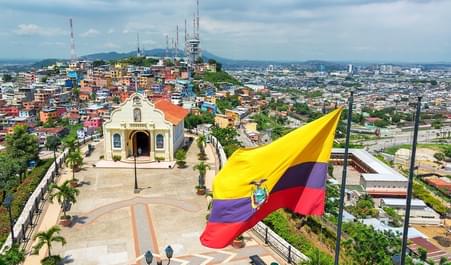The economic recovery in Sub-Saharan Africa lost momentum in 2019, with growth estimated to have moderated to 2.4% (0.2% lower than initial estimates in April 2019), due in part to intensifying global headwinds weighing on trade, policy uncertainty, and falling commodity prices.
Those pressures weighed heavily on Angola, Nigeria and South Africa – the continent’s three largest economies – which all put in growth well below their long-term historical averages last year.
The economic outlook for 2020 appears weaker than initially forecast across most African countries.
“Regional growth is expected to pick up to 2.9% in 2020, assuming investor confidence improves in some large economies, energy bottlenecks ease, a pickup in oil production contributes to recovery in oil exporters and robust growth continues among agricultural commodity exporters. The forecast is weaker than previously expected reflecting softer demand from key trading partners, lower commodity prices, and adverse domestic developments in several countries," the World Bank noted in its latest review.
In South Africa, growth is expected to edge up to 0.9%, but that assumes progress on the administration’s reform agenda gathers pace – particularly in relation to state-owned electricity provider Eskom – and investment recovers from multi-year lows.
“Increasingly binding infrastructure constraints -- notably in electricity supply -- are expected to inhibit domestic growth, while export momentum will be hindered by weak external demand.
“Growth in Nigeria is expected to edge up to 2.1%. The macroeconomic framework -- characterized by multiple exchange rates, foreign exchange restrictions, high persistent inflation, and a central bank targeting manifold objectives -- is not conducive to confidence.”
Growth in Angola is anticipated to accelerate to 1.5%, “assuming that ongoing reforms provide greater macroeconomic stability, improve the business environment, and bolster private investment."
In the West African Economic and Monetary Union, one of the bright spots on the continent, growth is expected to hold steady at 6.4%.
“Among the region’s exporters of agricultural commodities, sustained strong public infrastructure spending, combined with increased private sector activity in Madagascar, Rwanda, Uganda, or continued reforms to raise the productivity and competitiveness of export-oriented sectors, such as in Burkina Faso and Côte d’Ivoire, will continue to support output. In Kenya, growth is seen edging up to 6%.”
The World Bank added that a slowdown in trade and erosion in demand for commodities, coupled with a broad-based rise in government debt, and increased incidence of extreme weather events, remain Africa's key vulnerabilities.









